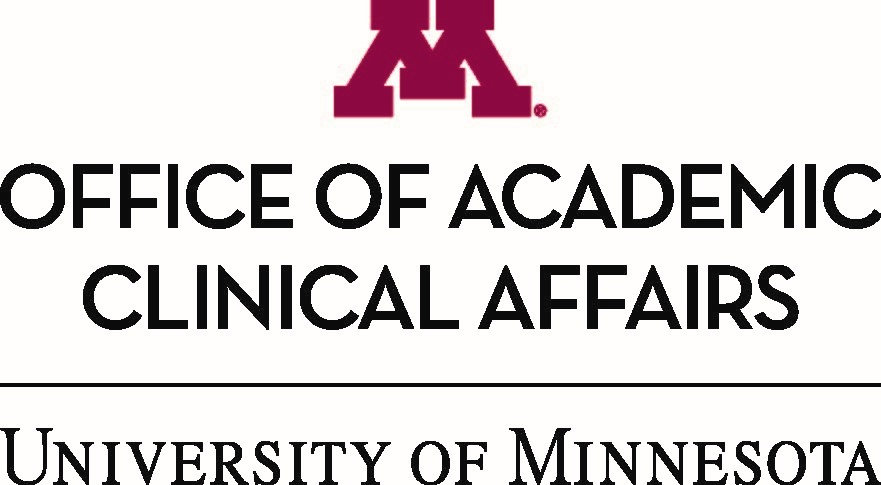Early trials of Russian COVID-19 vaccine show safety, immune response
Today The Lancet published the results of two nonrandomized trials (called Sputnik V) of a Russian COVID-19 vaccine candidate, which showed no serious adverse events and demonstrated that the vaccine elicited an antibody response in study participants within 21 days of administration. The phase 1/2 trials were conducted in 76 healthy adults.
The two phase 1/2 trials included a frozen formulation of the vaccine, and another involving a lyophilized (freeze-dried) formulation of the vaccine. Both vaccines are based on two adenovirus vectors, modified with the SARS-CoV2 spike protein. In both formulations, participants received two doses of the vaccine, at day 0 and day 21. Follow-up was 42 days.
No serious adverse events were noted in the 42 days. Mild events included pain at the injection site (44 of 76 participants; 58%), hyperthermia (50%), headache (42%), and muscle and joint pain (24%)
All 40 participants in the phase 2 trial showed neutralizing antibody responses by day 21, with 85% having neutralizing antibody responses by day 14. The study was funded by Russia's Ministry of Health.
In an accompanying commentary, Naor Bar-Zeev, PhD and Tom Inglesby, MD, both of Johns Hopkins University, wrote that although the studies were small, the results are promising.
Most notably, the development of two vaccine formulations is an advantage in a global pandemic. "A lyophilised formulation could mean stability within the existing global vaccine refrigerated cold chain that is needed to maintain vaccine efficacy from factory to recipient, a hurdle other vaccines are yet to address," Bar-Zeev and Inglesby wrote.
There were key limitations, however. Older adults were excluded from the trials, and only 2 participants were not white. A planned phase 3 trial of 40,000 people should help gather information about how the vaccine performs in the wider population.
Sep 4 Lancet study
Sep 4 Lancet commentary
Experts unveil ethics-based strategy for distributing COVID-19 vaccines
A team of 19 global health experts, led by Ezekiel Emanuel, MD, PhD, chair of Medical Ethics and Health Policy in the Perelman School of Medicine at the University of Pennsylvania, propose a new framework for distributing a future COVID-19 vaccine: focus on preventing premature deaths. The framework appeared yesterday in Science.
While some groups, including the National Academy of Sciences, have called for distributing a vaccine first to healthcare workers and the elderly, and the World Health Organization (WHO) has said vaccine dose distribution should be in proportion to a nation's population, Emanuel and colleagues said both strategies are ethically flawed.
Instead, phase 1 of the Fair Priority Model focuses on distributing the vaccine to people determined by a country to be at risk from premature death from COVID-19, a calculation derived from "standard expected years of life lost." Phase 2 would focus on vaccinating groups based on the extent to which people would be spared from poverty, and phase 3 would focus on countries with high transmission rates.
Focusing on years of life lost is an equitable model, the experts say, because, "it regards all deaths as important but earlier deaths as particularly important. Thus, it integrates the aims of limiting harm and of prioritizing the least advantaged, particularly because early deaths are more frequent in low-income countries and are a proxy for being disadvantaged overall."
"It will be up to political leaders, the WHO, and manufacturers to implement this model," Emanuel said in a University of Pennsylvania news release. "Decision-makers are looking for a framework to ensure that everyone throughout the world can be vaccinated, so that we can stop the spread of this virus."
Sep 3 Science article
Sep 3 University of Pennsylvania news release
Study suggests Rocky Mountain wood ticks not a CWD vector
A new study in mSphere suggests that Rocky Mountain wood ticks may not play a role in the transmission of chronic wasting disease (CWD).
The study, conducted by researchers at Creighton University, investigated the possibility that Dermancentor andersoni, a tick species that overlaps with CWD throughout the northwest United States and southwest Canada and is a vector of several bacterial and viral pathogens, may also be a vector for the spread of CWD. The mechanism of CWD spread is not definitively known, but it likely occurs by animal exposure to environmental sources of prions such as soil, blood, urine, feces, decaying carcasses, or maternal transmission.
CWD is a fatal neurologic disease affecting members of the deer family in 26 states, three Canadian provinces, and Finland, Norway, South Korea, and Sweden. No human cases have occurred.
To test the theory that D andersoni may be a vector for CWD, the researchers inoculated 10 hamsters with uninfected brain homogenate, and 10 with hyper-infected (HY-infected) brain homogenate, then applied D andersoni nymphs to the hamsters in two stages. In the early group, nymphs were applied to 5 uninfected and 5 HY-infected hamsters at day 83 post-infection and removed at day 88. In the late group, nymphs were applied to the 10 remaining hamsters at day 126 post-infection and removed at day 131. All of the hamsters in the late group developed hyperexcitability and ataxia at 143 days post-infection, while none of the mock-infected hamsters developed clinical signs.
The researchers then collected midgut contents from the engorged D andersoni nymphs that fed on the two groups of hamsters and inoculated groups of five hamsters with the tick midgut content or whole blood from either uninfected or HY-infected hamsters from the early and late groups. The tick blood meal came from nymphs that fed on the same hamsters that blood was collected from.
The results of the animal bioassay showed that none of the hamsters inoculated with tick midgut contents or blood from uninfected hamsters developed signs of clinical disease by day 500 or 550, while two of the five hamsters infected with blood from HY-infected late-group hamsters developed hyperexcitability and ataxia consistent with HY-infection. All other hamsters with either tick midgut contents or blood from the early or late HY-infected hamsters remained asymptomatic.
"Overall, under the conditions tested, tick midgut contents do not contain sufficient prion infectivity to cause clinical disease when inoculated into hamsters," the authors of the study wrote.
Sep 2 mSphere study
Three countries add more cases to polio totals
Three countries—Afghanistan, Chad, and the Democratic Republic of the Congo (DRC)—reported new polio cases in the past week, according to the latest update from the Global Polio Eradication Initiative (GPEI).
Afghanistan reported three wild poliovirus type 1 (WPV1) cases, one each from Hilmand, Kandahar, and Khost provinces, raising its total for the year to 40. The country also reported 13 more circulating vaccine-derived poliovirus type 2 (cVDPV2) cases across six different provinces, raising that number for 2020 to 54.
In Africa, Chad reported three more cVDPV2 cases, all from Logone Oriental province, putting its total for the year at 60 from two different outbreaks, one of them linked to the Jigawa outbreak in Nigeria. Also, the DRC reported one cVDPV2 case in Equateur province, the same area battling an Ebola outbreak, bringing its number for 2020 to 26.
Sep 3 GPEI update
More high-path H5 avian flu detected in Russian poultry, waterfowl
Russia reported eight more highly pathogenic H5 avian flu outbreaks in poultry, plus a detection in a wild swan, part of recent activity in the country's southwest, according to notifications from the World Organization for Animal Health (OIE).
Start dates for the latest poultry outbreaks range from Aug 25 to Sep 1. Four occurred in earlier-affected Omsk oblast, and four were reported in neighboring Tyumen oblast. All involved backyard poultry, and taken together, the virus killed 243 of 966 susceptible birds. Culling operations are in progress. So far, veterinary officials haven't reported the full subtype.
In early August, Russia reported two poultry outbreaks involving H5N8 in Chelyabinsk oblast.
In another development, the Russia detected highly pathogenic H5 in four mute swans, apparently found dead on August 28 in Tyumen oblast.
Sep 3 OIE report on H5 in Russian poultry
Sep 3 OIE report on H5 in Russian waterfowl














